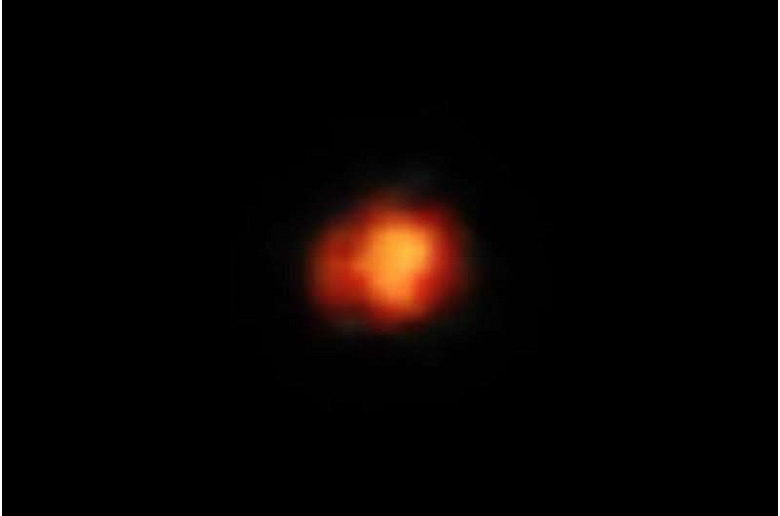Thanks to the James Webb Space Telescope
Scientists conducted additional observations and found that the Macy galaxy existed already 390 million years after the Big Bang. Although not as early as originally thought, it still became one of the four earliest galaxies confirmed.
“This galaxy was one of the first distant galaxies to be discovered, and among them it was the first to be spectroscopically confirmed,” said astronomer Stephen Finkelstein, professor of astronomy at the University of Texas at Austin and principal investigator for the CEERS (Cosmic Evolution Early Release Science Survey) research program. . He named the galaxy after his daughter, as the date of Macy’s discovery coincided with his daughter’s birthday.

Now the CEERS team is exploring 10 other galaxies that could have existed even earlier than the Macy galaxy. To determine the time at which the light we observe was emitted, astronomers measure its redshift, that is, the shift in color due to the movement of an object away from us. Due to the expansion of the Universe, the further we look into the past, the higher the redshift of an object.
Astronomers have confirmed that the Macy galaxy is one of the most ancient ever observed.
Initial estimates of the redshift (and thus the time after the Big Bang) were based on photometry, i.e. the brightness of the light in the images. For a more accurate age estimate, the CEERS team has applied for additional measurements with the James Webb Space Telescope’s NIRSpec spectroscopic instrument, which splits an object’s light into many narrow frequencies to more accurately identify its chemical composition, thermal emission, brightness, and relative motion.
This study also looked at the galaxy CEERS-93316, which was found in publicly available data from the University of Edinburgh team. The galaxy was originally thought to have been discovered just 250 million years after the Big Bang. However, in further analysis, the team found that the redshift of CEERS-93316 is z = 4.9, corresponding to about 1 billion years after the Big Bang.
It turned out that the hot gas in the galaxy CEERS-93316 emitted light in several narrow frequency bands associated with oxygen and hydrogen, which made it much more “blue” than it actually was.
“It was an unusual case. Among the many high-redshift candidates, this is the only object whose true redshift turned out to be much less than our initial estimate,” Finkelstein said.




